In Search of a Steady State: Inflation, Interest Rates and Value
Musings on Markets
MAY 6, 2022
There are three possible explanations for the divergence: Short term versus Long term : The consumer survey extracts an expectation of inflation in the near term, whereas the treasury markets are providing a longer term perspective, since I am using ten-year rates to derive the market-implied inflation.

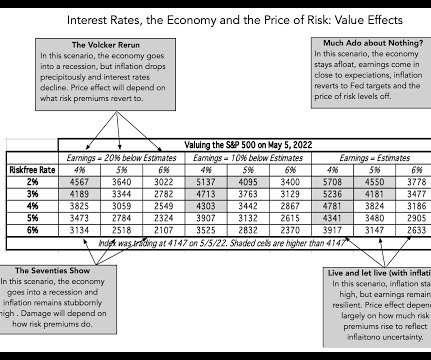
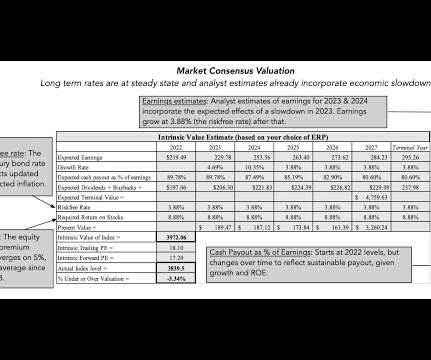

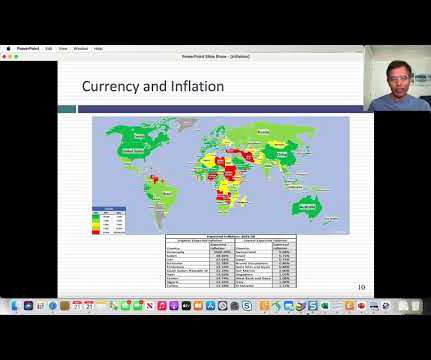
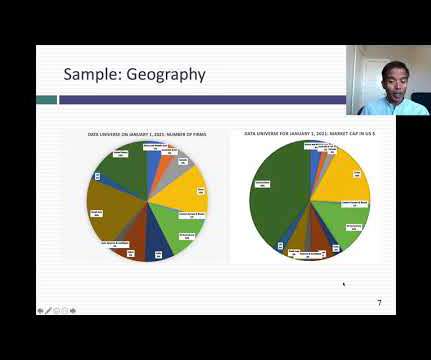
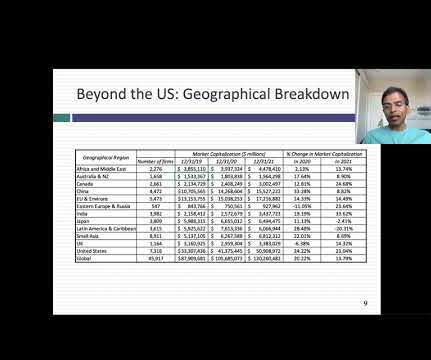
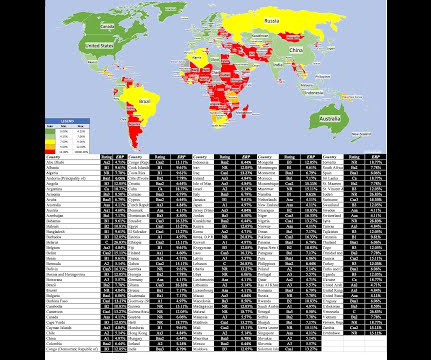






Let's personalize your content